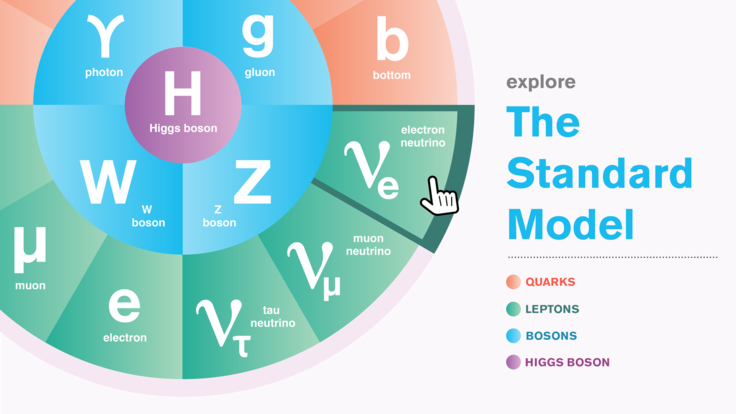Take me out to the calculator
Baseball fans and physicists share two key loves: numbers and acronyms. While fans pore over statistics on RBIs, OBPs, and ERAs, physicists analyze data from particle accelerators such as RHIC, LHC, and CESR.
Kerry Whisnant, a professor of physics at Iowa State University and lifelong baseball fan, studies the ghostly particles known as neutrinos. Growing up in central Illinois, he loved the St. Louis Cardinals and still catches their games when he can.
About two years ago, his love of baseball took an analytical turn. He began writing a regular column for dugoutcentral.com on the mathematics behind baseball statistics. And he started tinkering with a hallowed formula, developed three decades ago by statistician Bill James, that uses the number of runs a team scores per game to predict how it will do in a given season.
First Whisnant factored in how those runs are distributed across a season. Consistency mattered. For example, teams that consistently score about six runs per game will fare better over the course of the season than teams that fluctuate between two and 10 runs, even if the average score per game is the same.
Whisnant then accounted for the slugging percentage, which predicts the power of a hitter based on how many singles, doubles, triples, and home runs he hits per opportunity at bat.
Folding these two factors into the formula significantly improved its ability to predict how well a team would do over the course of a season, Whisnant says. It cut the already-small difference between a team's predicted record and its actual record by half.
The impact of slugging percentage is large enough that teams might want to use it to help determine a player's value, Whisnant says. At the same time, he acknowledges that this is just one piece of a complicated puzzle that includes such things as star power and popularity with fans.
Whisnant presented his findings in March at the MIT Sloan Sports Analytic Conference. His paper won first place in the academic division.
Julie Karceski
Click here to download the pdf version of this article.







